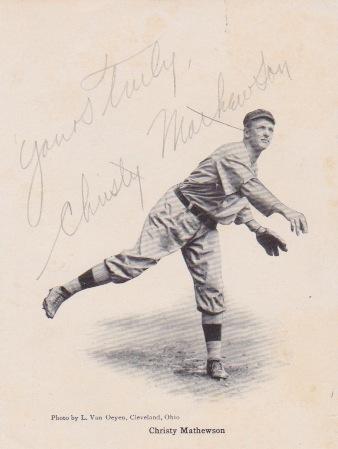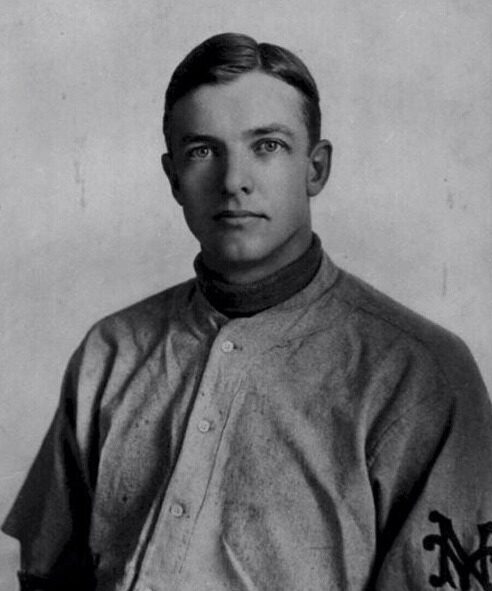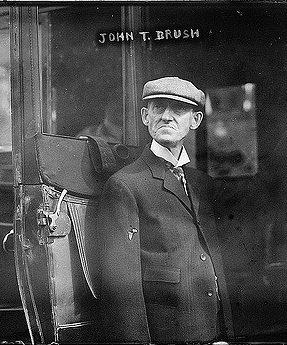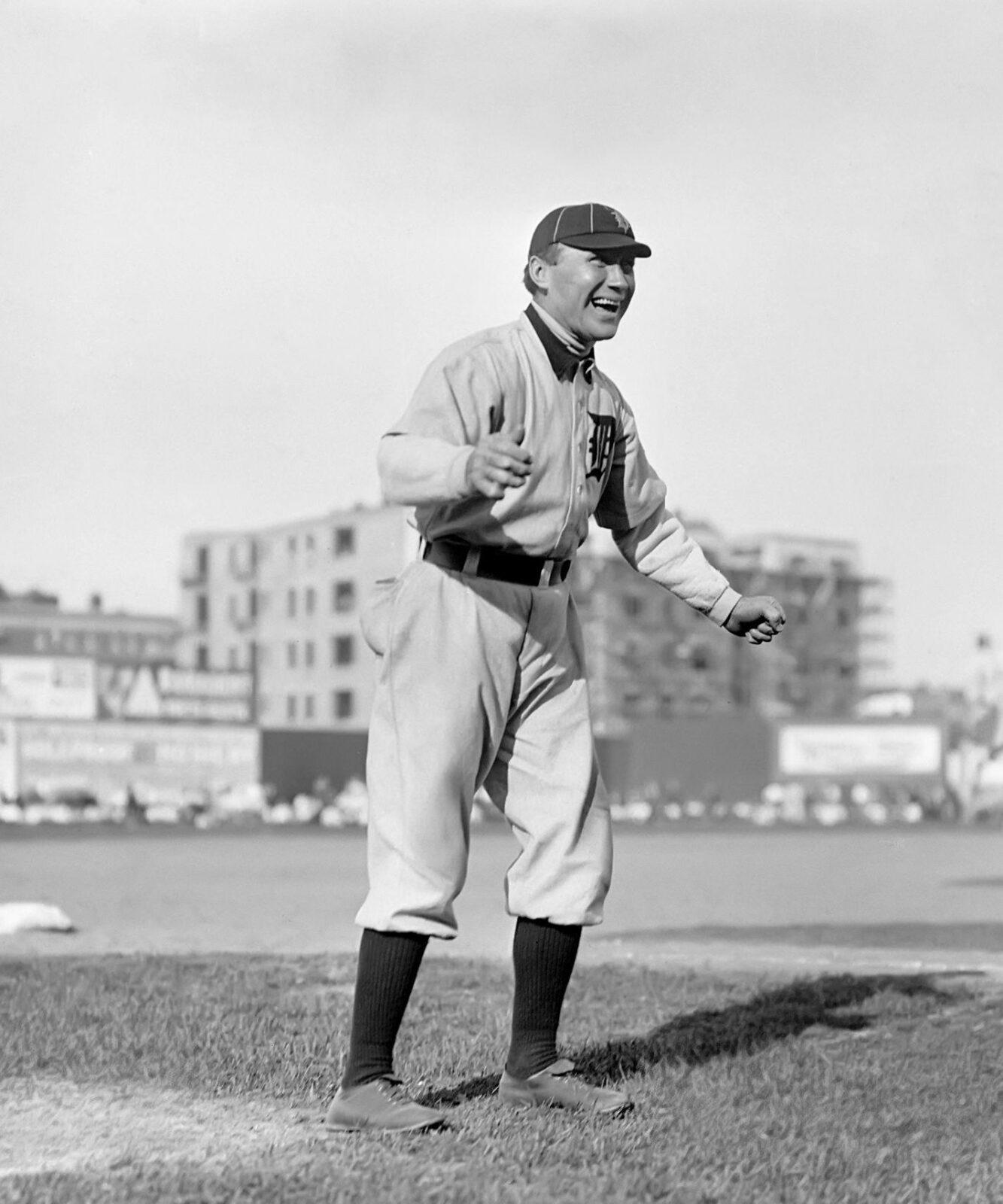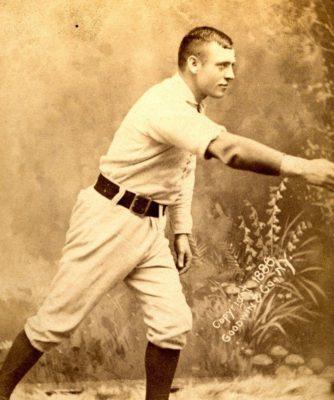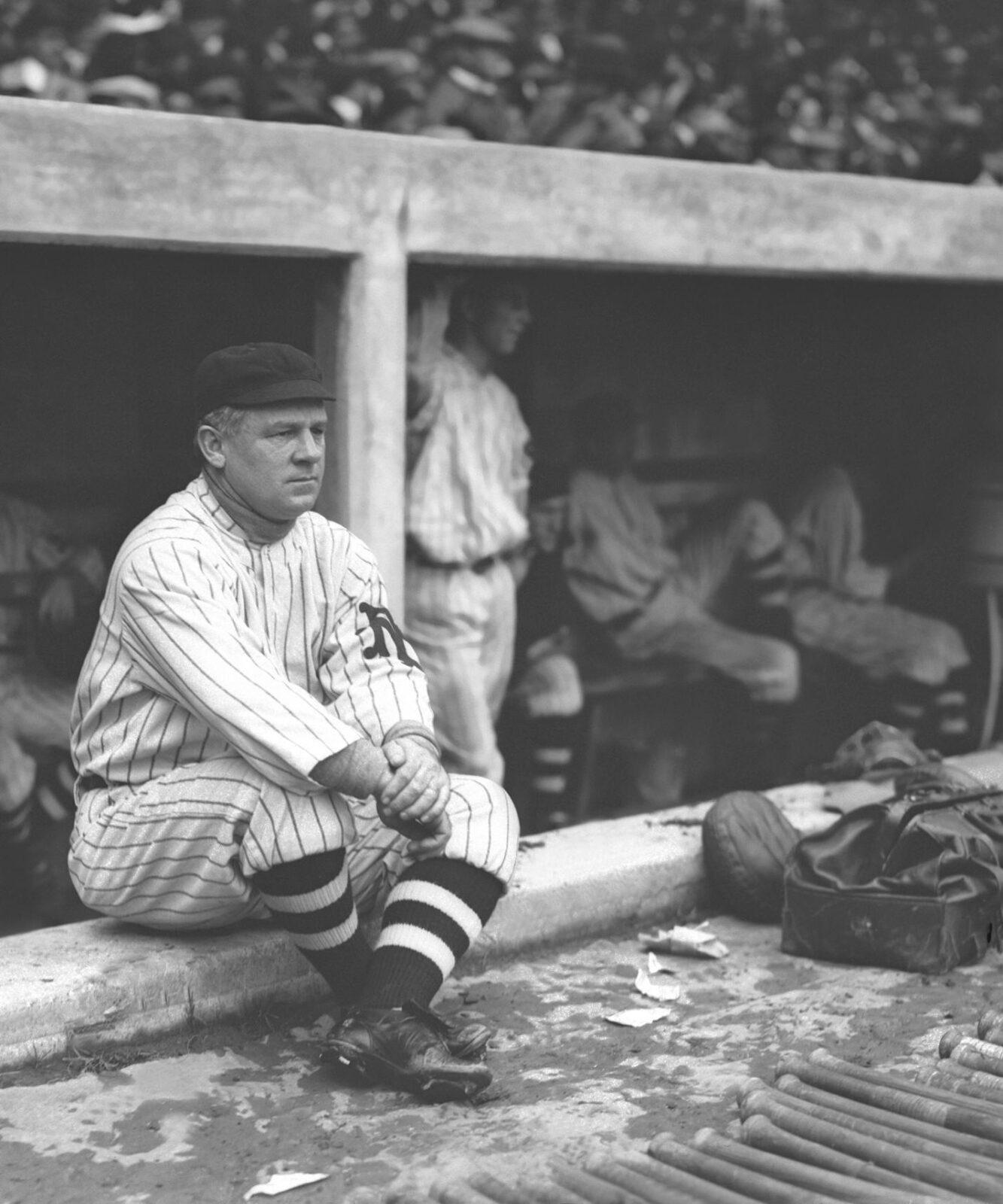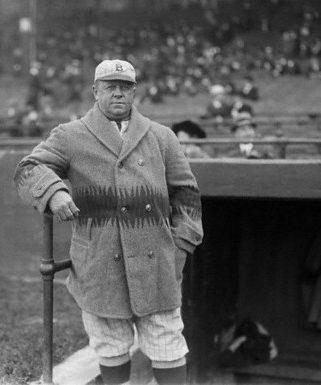Amos Rusie
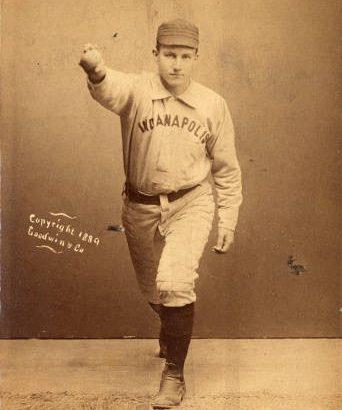
| Birthdate | 5/30/1871 |
| Death Date | 12/6/1942 |
| Debut Year | 1888 |
| Year of Induction | 1977 |
| Teams | Giants, Indianapolis Hoosiers, Reds |
| Position | Pitcher |
Amos Rusie thew at least 90 mph and has been widely reported as the main reason MLB changed the pitching distance from 50′ to 60’6″ in 1893.
Leave a comment
In the collection:
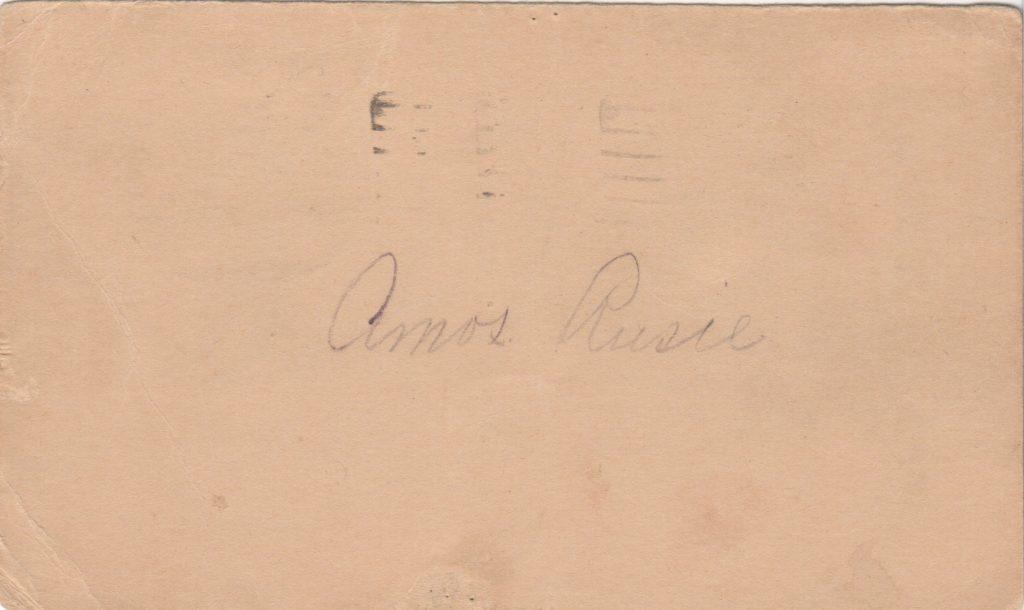
Though he pitched in just 10 MLB seasons, Amos Rusie won 246 games
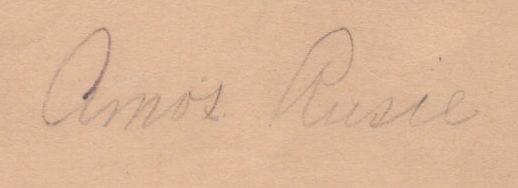
Rusie's wildness prompted an increase in the pitching distance in 1893 from 50' to 60'6"
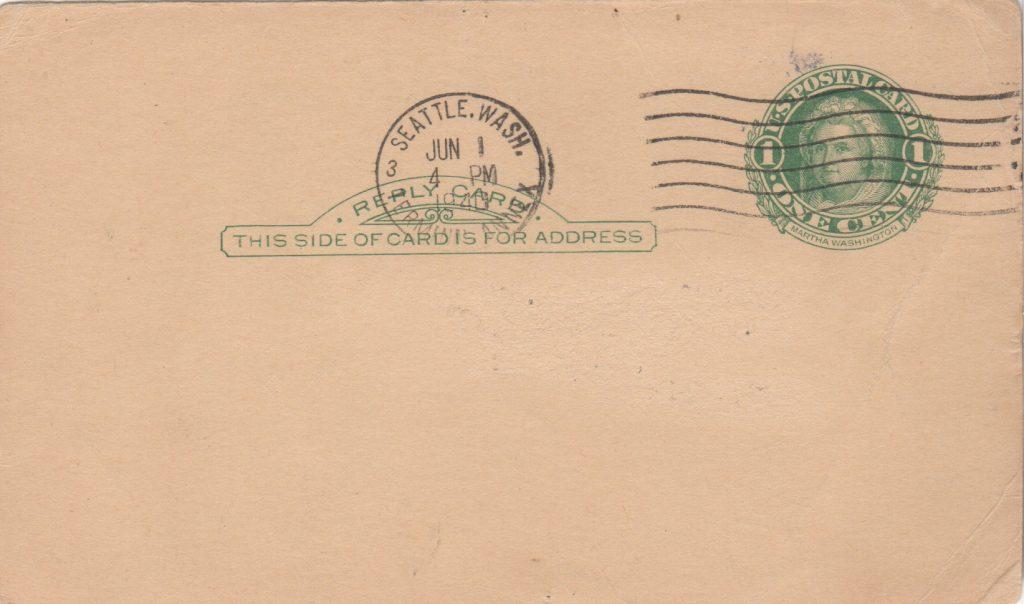
Rusie lived his post-baseball life in Seattle, Washington, dying there on December 6, 1942
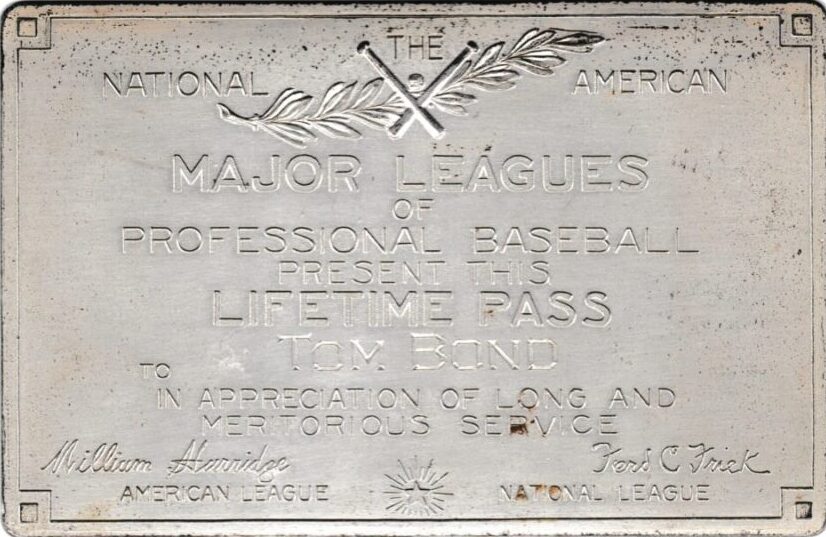
Amos Rusie earned baseball's 5th pitching Triple Crown and the first from 60'6"
